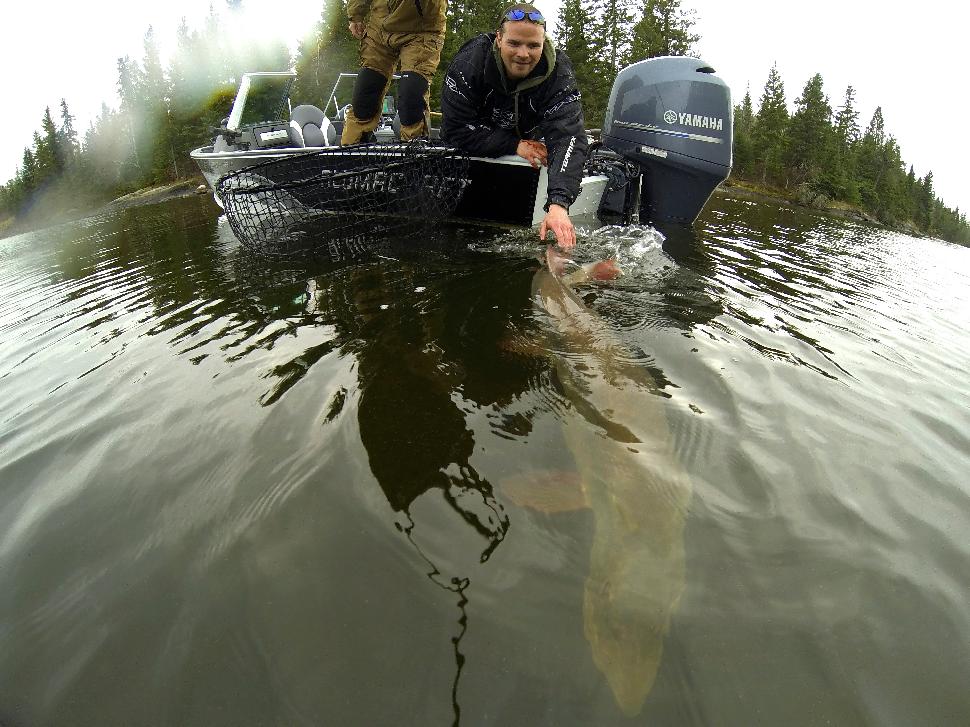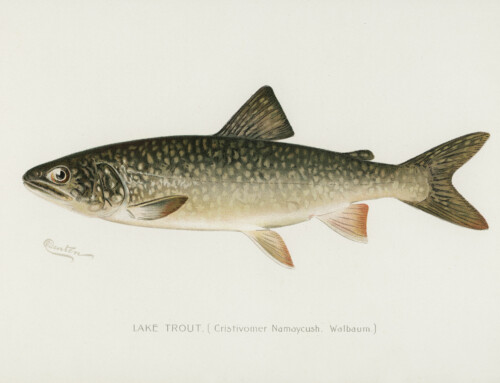Originally Published by Outdoor Canada, October 31, 2016
By Gord Pyzer
I was out on the water yesterday and the temperature was in the mid-50 F range, which means the fall muskie bite is in full swing. And it is only going to get better as the water temperature continues to chill throughout the month of November.
As a matter of fact, the three biggest muskies I’ve ever caught, including my personal best that, based on length and girth conversion calculations weighed 57.5 pounds, all came in November.
Something else I’ve always found fascinating is that these late fall fish are unlike the ones we typically catch during the rest of the year. They’re as bright chrome as freshly minted silver dollars and typically display no split fins or damaged tails – signs they’ve been caught before and released. For years we have called these late fall muskies “virgins” and I’ve always equated them with the big “ghost” bucks that you only see for the two or three weeks of the rut.
Which brings me to the question of the day. Wouldn’t it something if there were twice as many of these giant muskies swimming in our lakes and rivers?
Well, guess what – it is not a pipe dream. There is a way we could almost double the number of mammoth muskies and better yet, it wouldn’t cost a penny to accomplish.
Good friend and former OMNR colleague Dr. John Casselman is renown for the Muskie Cleithrum Project that he and the late Dr. Ed Crossman, from the Department of Ichthyology and Herpetology at the Royal Ontario Museum initiated back in the 1980s and early 1990s. John and Ed reviewed the catches of over 74,000 muskellunge and carefully examined the cleithrum bones – the small bone that rings the gill flap – from another 2,400 trophy muskies that they received from taxidermists and natural resource agencies across the continent.
The information they assembled represents one of the largest muskie data banks and from it they were able to document for the very first time, changes in the length, weight, maximum age and mortality of muskies.
What I always found interesting about the Cleithrum Project is that it chronicled the meteoric rise in the popularity of muskie fishing and the spectacular transition from killing the big fish to catching and releasing them.
Indeed, as recently as the 1970s, seventy percent of muskies were kept, whereas by 1994, more than 99-percent of the fish were released. It is testament to the amazing success of catch and release angling and modern muskie management with protective size and creel limits.
To read more visit Outdoor Canada.







